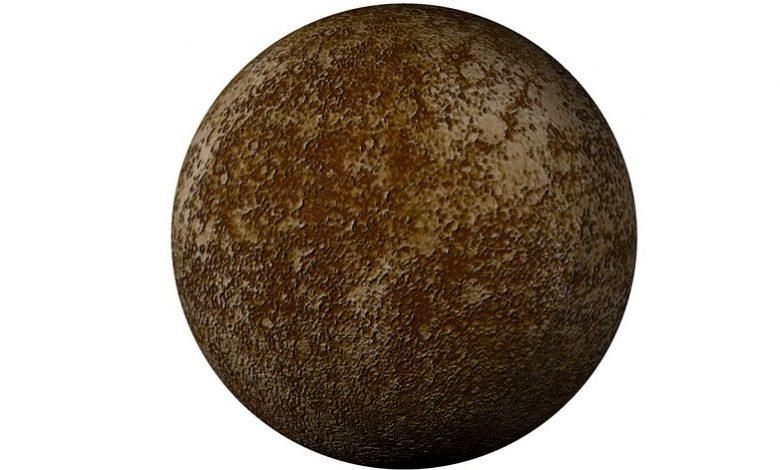Isn’t Venus a sleeping planet? Researchers discover “dozens of volcanic hotspots”

Scientists have identified as many as 37 volcanic structures on the planet Venus, which have been active recently. That would mean that Venus does not sleep as deeply as thought initially. Researchers write this in the journal Nature Geoscience.
Venus, seen from the sun, is the second planet of our solar system and, thus, together with Mars, a neighboring planet of Earth. Another quality of Venus: there are many similarities with Earth.
Venus is about the same size, mass, and composition as our planet. But Venus was thought to be (geologically) inactive. Recent research contradicts this assumption. “Dozens of volcanic hotspots were discovered,” lead author Anna Gülcher writes on Twitter.
For example, researchers studied the so-called coronae, ring-shaped structures that arise because warm material swells from under the surface. Those annular structures would have provided sufficient evidence that the volcanoes on Venus are still active.
A total of 133 coronae were examined, of which 37 were found to be active in the last 2 to 3 million years. “Venus is not as dead as we thought,” concludes Anna Gülcher.





